Get a custom course package
We may not have any package deals available including this course. If you enquire or give us a call on +44 1344 203999 and speak to our training experts, we should be able to help you with your requirements.
Definition (DE)
Module 1: Key Concepts of Definition of Project
Module 2: Identify Appropriate Project Information and Keys Elements
Planning (PL)
Module 3: Facts, Terms, and Concepts for Planning of a Project
Module 4: Characteristics of Common Estimating Methods
Scheduling (SC)
Module 5: Explore the Facts, Terms, and Concepts of Scheduling Project
Module 6: Advantages and Disadvantages of Target Schedules
Monitor and Control (MC)
Module 7: Understand Key Concepts Monitor and Control of a Project
Module 8: Monitoring and Control of a Project
*After completing 4 days of Online instructor-led/classroom training and successfully passing your Project Planning and Control™ (PPC) Foundation Exam, the fifth day of this course is a flexible exam preparation day to complete at your convenience, to prepare you to take and pass your Project Planning and Control™ (PPC) Practitioner exam online.
We provide comprehensive support during the exam process to make the experience as simple as possible. This exam can be taken at a suitable time, subject to availability; online, anywhere.
Benefits of Project Planning and Control™ online exams include:


This Project Planning and Control™ (PPC) Foundation and Practitioner Course is designed for anyone who wants to learn the knowledge, skills, and best practices related to planning and controlling projects. This training course is beneficial for these professionals:
There are no formal prerequisites in this Project Planning and Control™ (PPC) Foundation and Practitioner Training Course. However, it will be beneficial to have some basic knowledge of Project Management. Also, successful completion of the Project Planning and Control™ (PPC) Foundation Examination is required before moving on to the Practitioner section of this course.
Project planning is a method for finishing a project within a specific timeframe, mainly with particular stages and selected resources. Project control is a method for collecting and examining project information to manage costs and schedules on track. Project Planning and Control include initiating, planning, controlling, monitoring, interacting, and closing project schedules and costs. Project Planning and Control provides organisations with an objective approach to handle and prevent different risks from arising in the future. This course will help individuals get their desired job related to planning and controlling projects in the future. It is an excellent career with handsome salaries and lots of variety at work.
Our 5-day Project Planning and Control™ Foundation and Practitioner Training course aim to provide delegates with a comprehensive knowledge of monitoring and controlling a project. During this course, delegates will learn about critical path methods and Critical Path Analysis (CPA) inputs. They will also learn about various essential topics such as steps to create a network analysis, forensic analysis methods, baseline maintenance, PERT (Programme Evaluation Review Technique), product breakdown structure, Responsibility Assignment Matrix (RAM), etc. Our highly professional trainer with years of experience in teaching such courses will conduct this training course and will help you get a comprehensive understanding of PPC guidance.
This training will also cover the following concepts:
At the end of this Project Planning and Control™ (PPC) Foundation and Practitioner course, delegates will be able to develop and manage the corporate sales team and deal with clients effectively. They will be able to monitor and implement proactive control of the project.




The Project Planning and Control™ (PPC) Foundation introduces the fundamentals of project planning and control techniques, while the practitioner level delves into the detailed application of these techniques, empowering professionals to efficiently plan, monitor, and control complex projects.
The Project Planning and Control™ (PPC) Practitioner exam evaluates a candidate's expertise in applying advanced planning and control techniques, ensuring effective management and delivery of complex projects.


Why choose us
Experience live, interactive learning from home with The Knowledge Academy's Online Instructor-led Project Planning and Control™ (PPC) Foundation and Practitioner. Engage directly with expert instructors, mirroring the classroom schedule for a comprehensive learning journey. Enjoy the convenience of virtual learning without compromising on the quality of interaction.
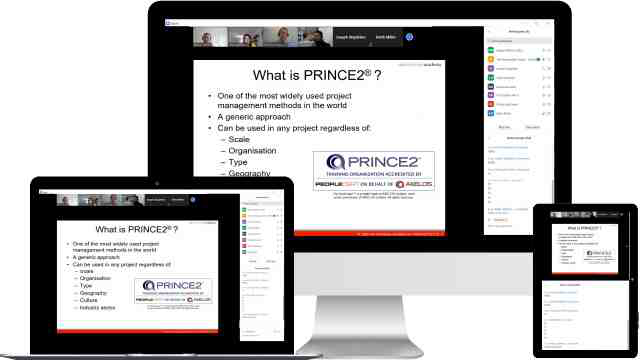
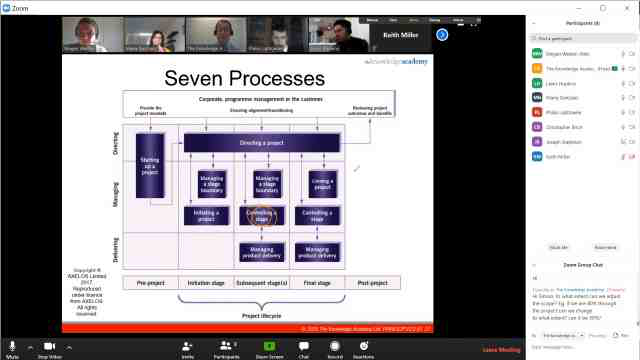
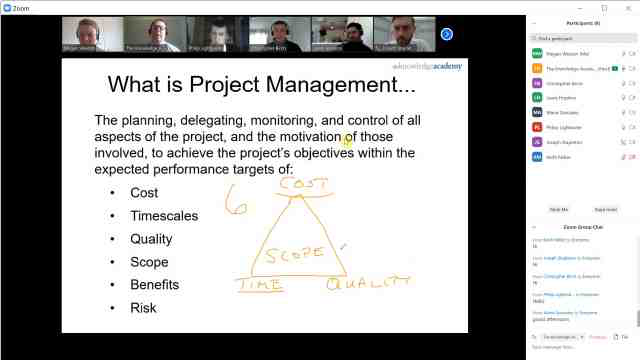
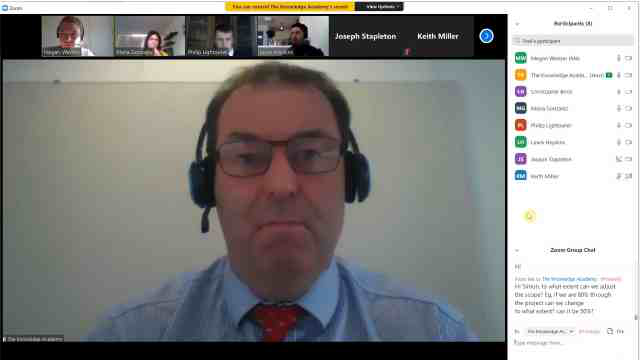
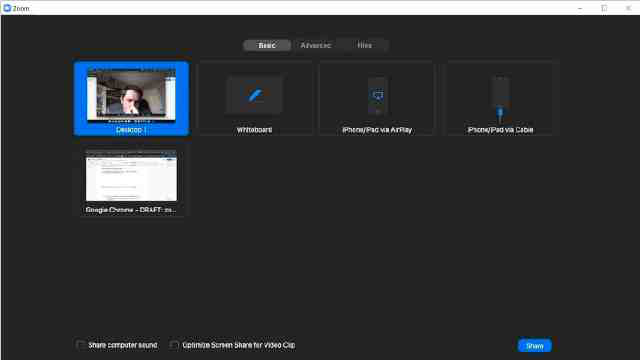
Unlock your potential with The Knowledge Academy's Project Planning and Control™ (PPC) Foundation and Practitioner, accessible anytime, anywhere on any device. Enjoy 90 days of online course access, extendable upon request, and benefit from the support of our expert trainers. Elevate your skills at your own pace with our Online Self-paced sessions.
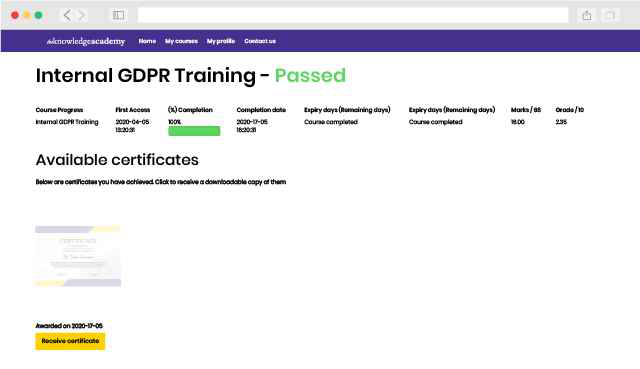
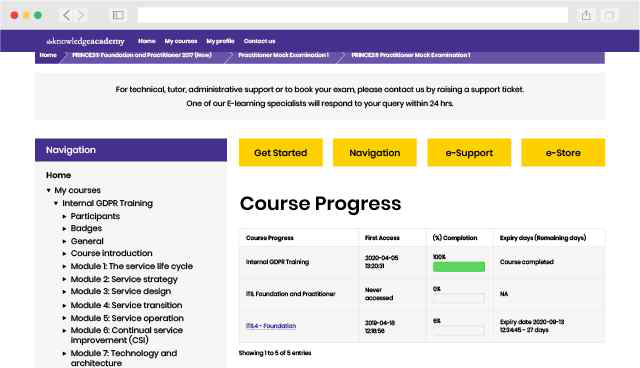
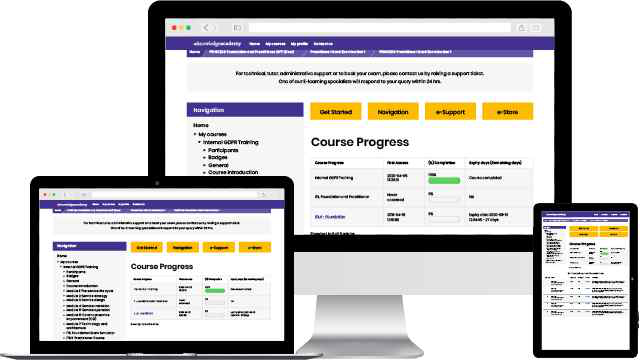
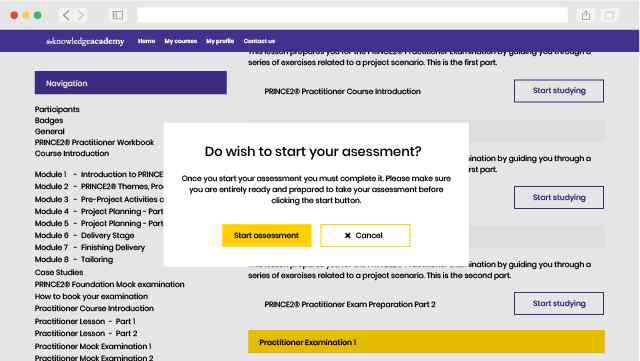
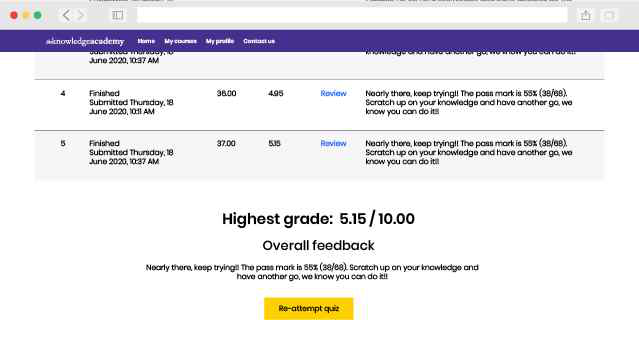
Experience the most sought-after learning style with The Knowledge Academy's Project Planning and Control™ (PPC) Foundation and Practitioner. Available in 490+ locations across 190+ countries, our hand-picked Classroom venues offer an invaluable human touch. Immerse yourself in a comprehensive, interactive experience with our expert-led Project Planning and Control™ (PPC) Foundation and Practitioner sessions.

Boost your skills with our expert trainers, boasting 10+ years of real-world experience, ensuring an engaging and informative training experience

We only use the highest standard of learning facilities to make sure your experience is as comfortable and distraction-free as possible

Our Classroom courses with limited class sizes foster discussions and provide a personalised, interactive learning environment

Achieve certification without breaking the bank. Find a lower price elsewhere? We'll match it to guarantee you the best value
Streamline large-scale training requirements with The Knowledge Academy’s In-house/Onsite Project Planning and Control™ (PPC) Foundation and Practitioner at your business premises. Experience expert-led classroom learning from the comfort of your workplace and engage professional development.

Leverage benefits offered from a certification that fits your unique business or project needs

Cut unnecessary costs and focus your entire budget on what really matters, the training.

Our Project Planning and Control™ (PPC) Foundation and Practitioner offers a unique chance for your team to bond and engage in discussions, enriching the learning experience beyond traditional classroom settings

The course know-how will help you track and evaluate your employees' progression and performance with relative ease
Simon Blizzard (great name for a great chap) was excellent at delivering the course, explaining the content using easy to understand examples and concentrating on areas that needed to be understood in depth. Not only that, he had a very warm and positive energy which was appreciated by the course participants in what could otherwise have been a dry subject. He also made time to support us in applying for exams and other course admin during and after the course. Top Service! :)
Simon maintained his enthusiasm in the sessions and managed to complete the material on time.
N/A


You won't find better value in the marketplace. If you do find a lower price, we will beat it.

Flexible delivery methods are available depending on your learning style.

Resources are included for a comprehensive learning experience.




"Really good course and well organised. Trainer was great with a sense of humour - his experience allowed a free flowing course, structured to help you gain as much information & relevant experience whilst helping prepare you for the exam"
Joshua Davies, Thames Water



 Back to course information
Back to course information
We may not have any package deals available including this course. If you enquire or give us a call on +44 1344 203999 and speak to our training experts, we should be able to help you with your requirements.
 If you miss out, enquire to get yourself on the waiting list for the next day!
If you miss out, enquire to get yourself on the waiting list for the next day!

close


Press esc to close

close
Fill out your contact details below and our training experts will be in touch.



Back to Course Information